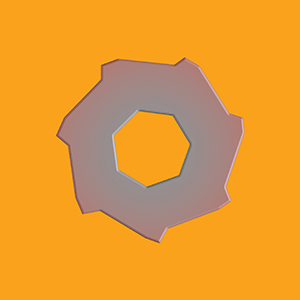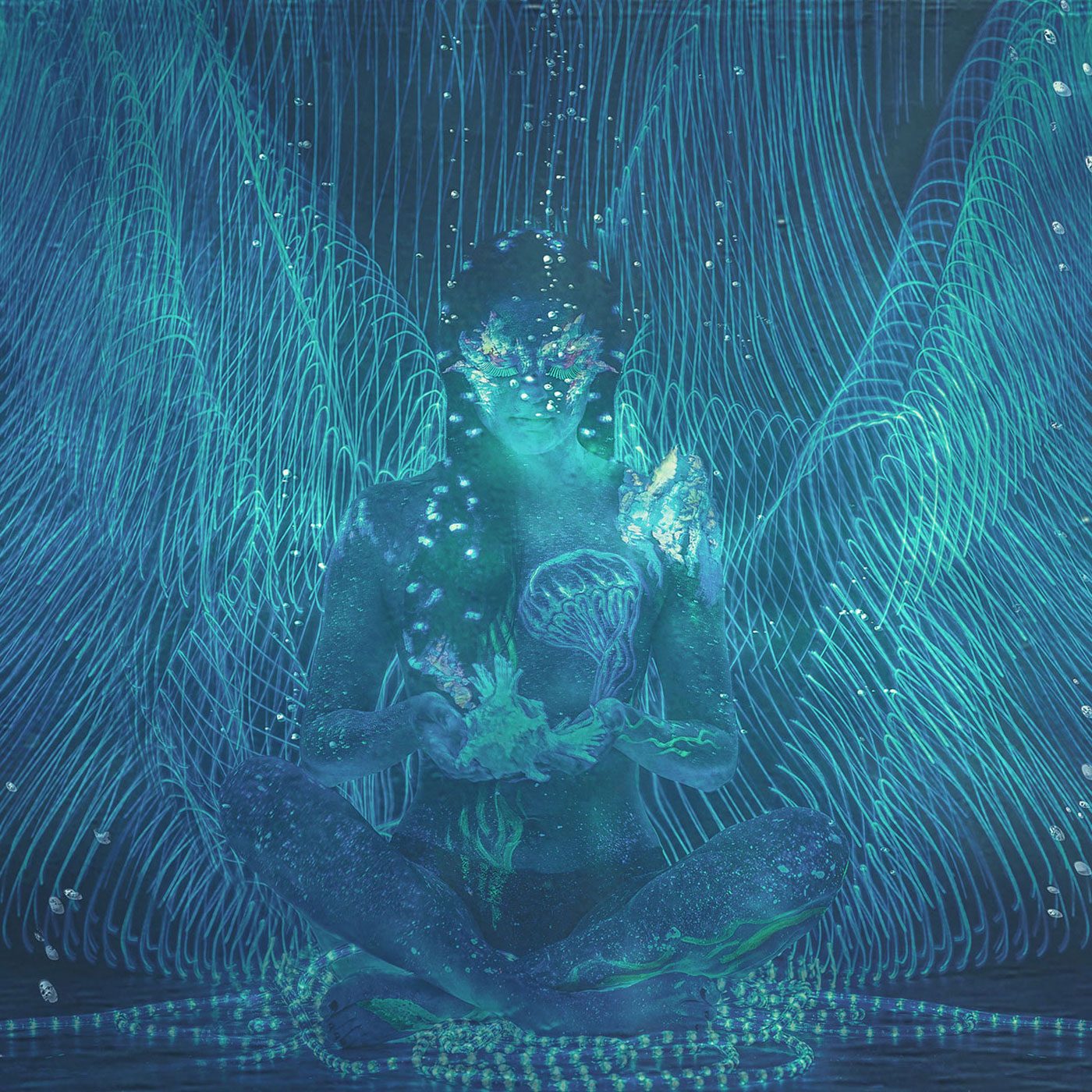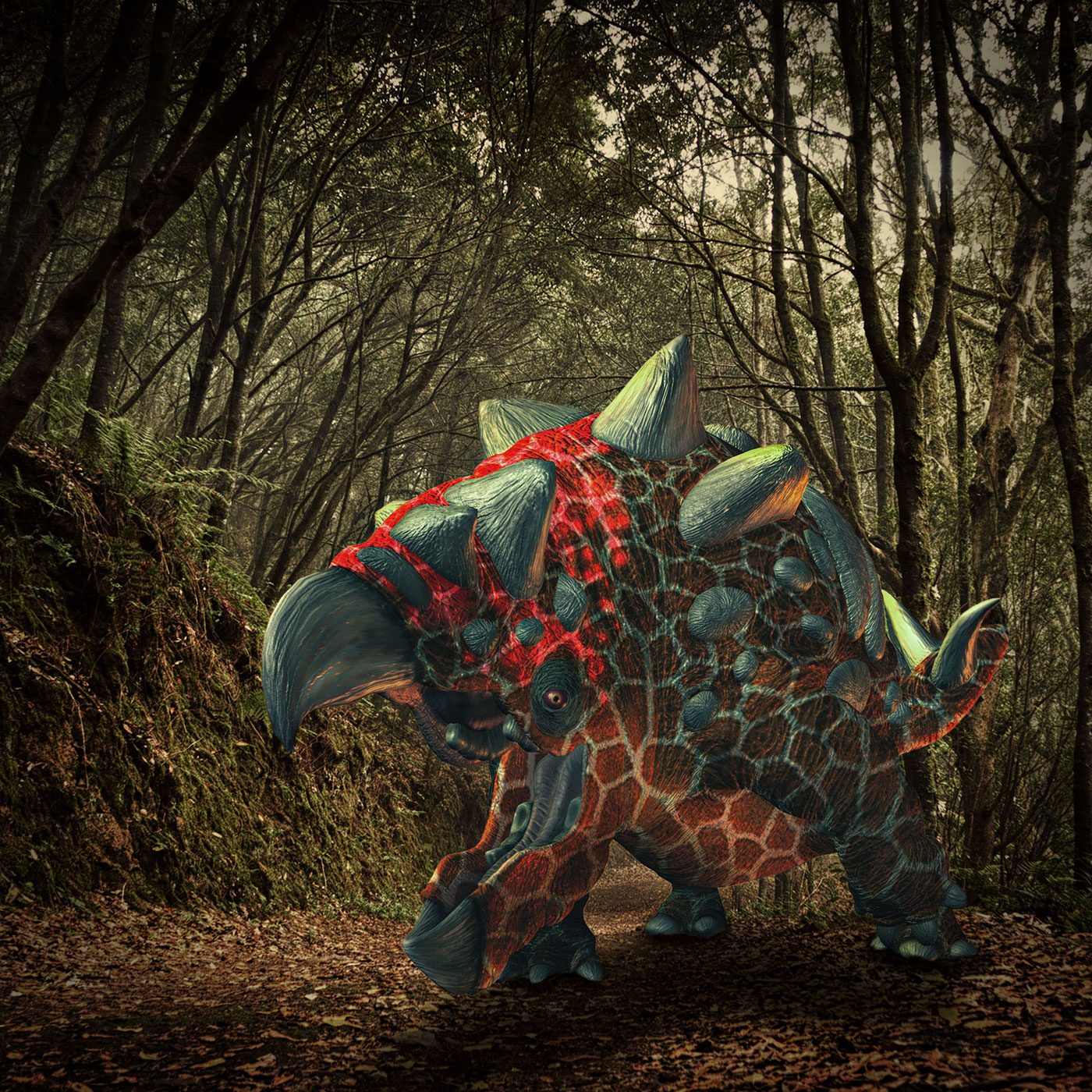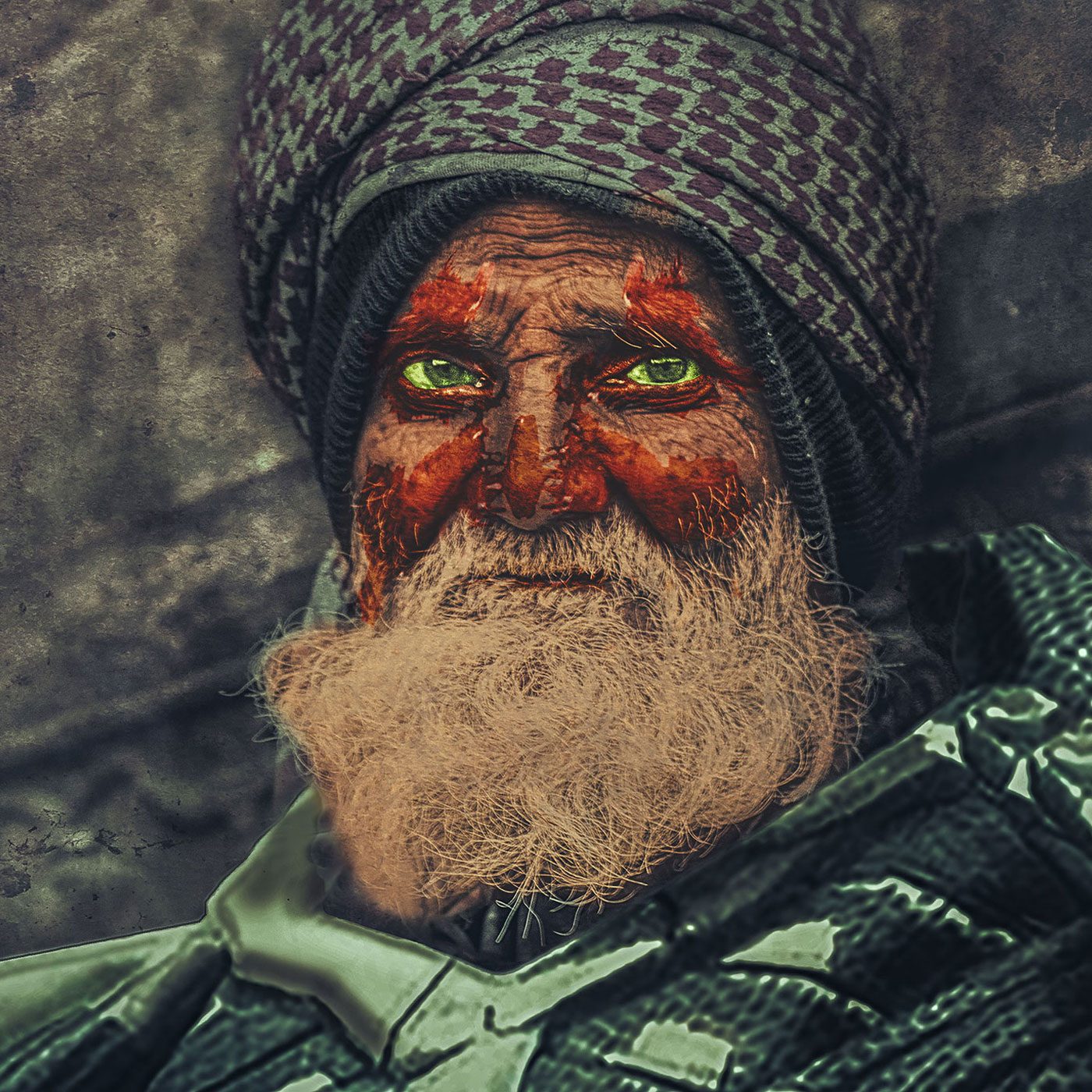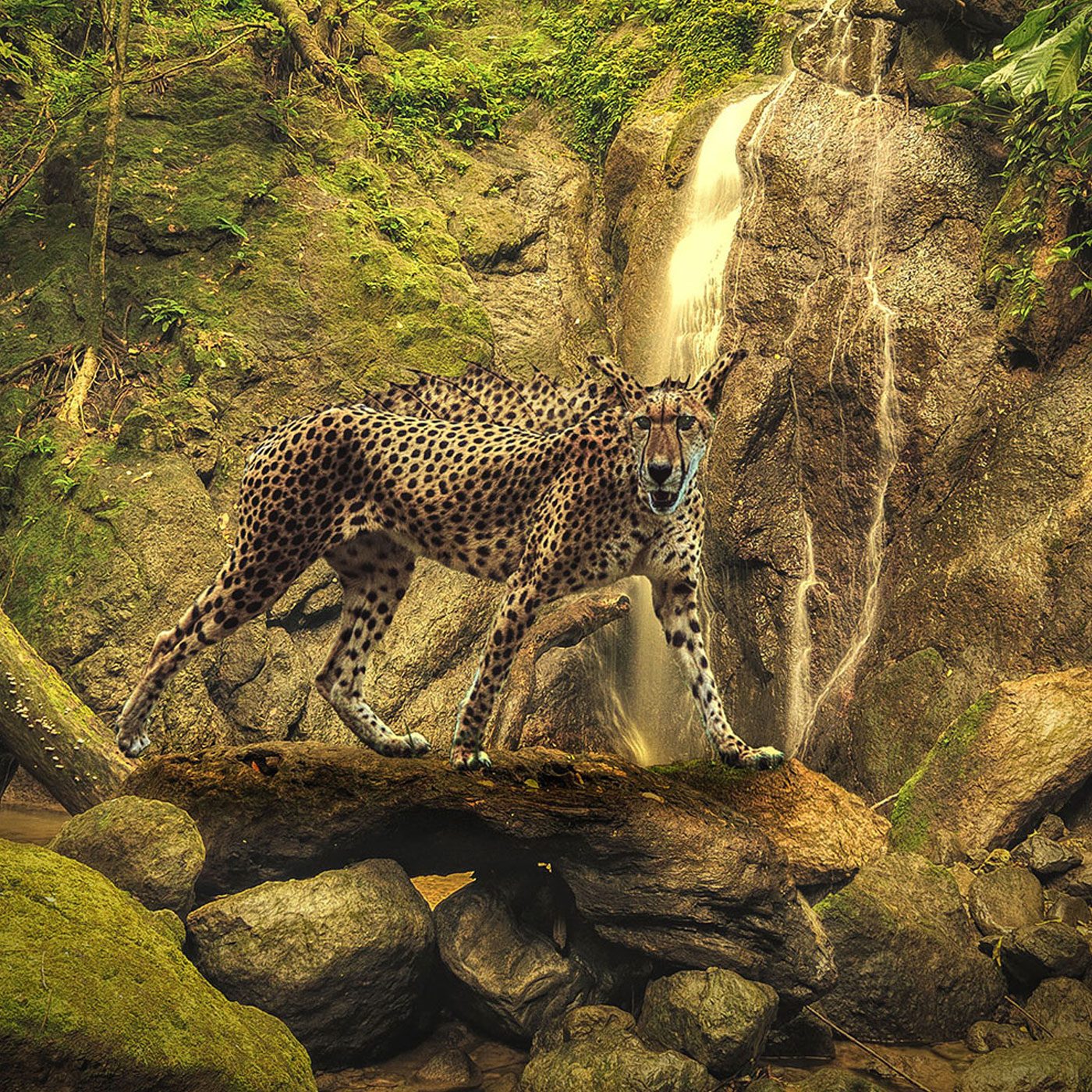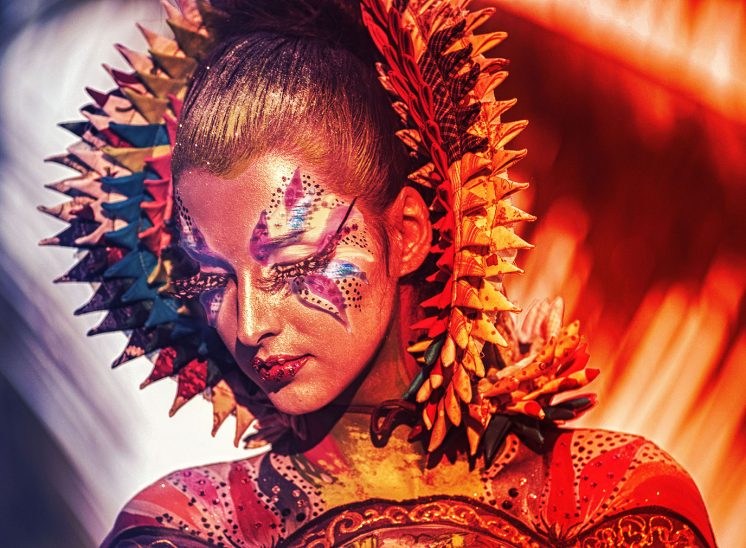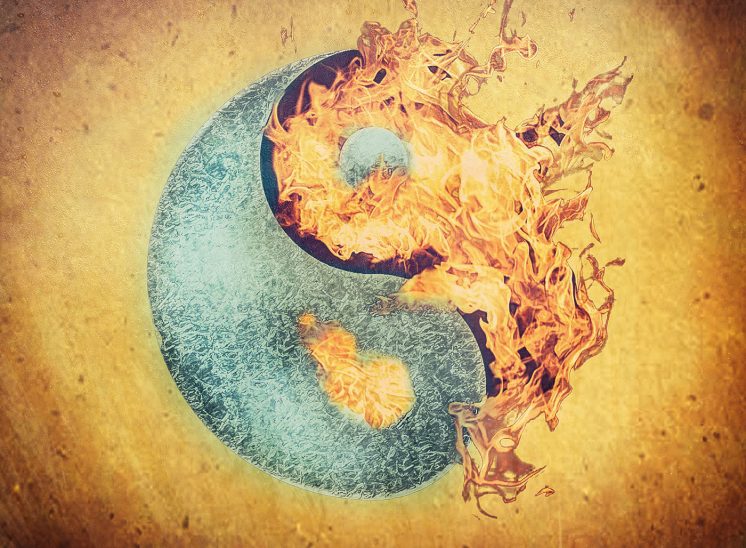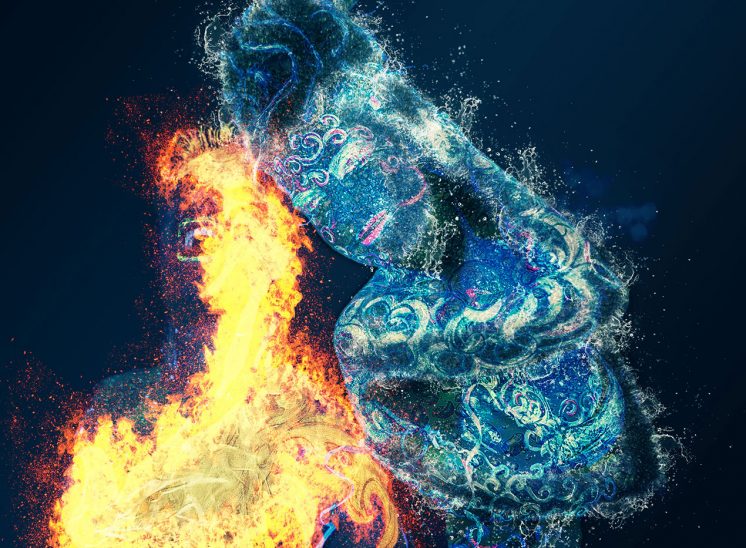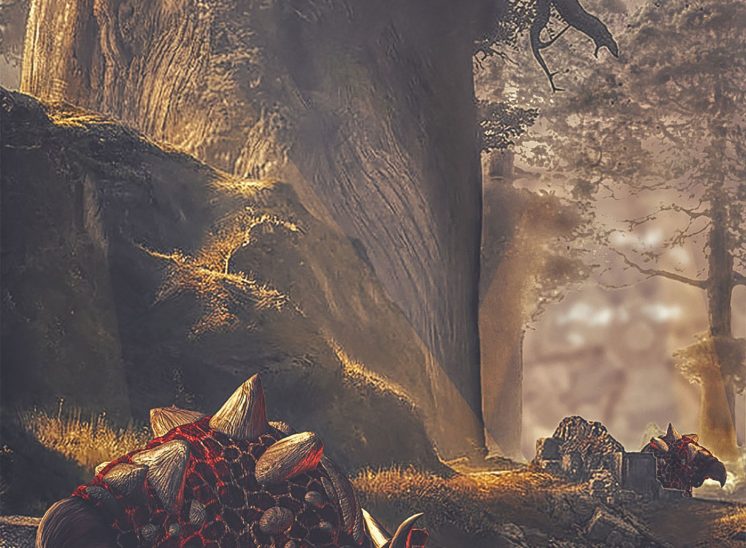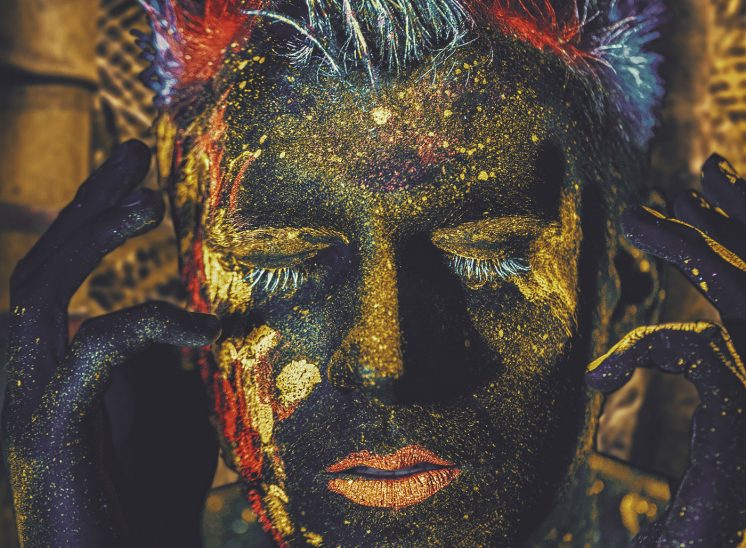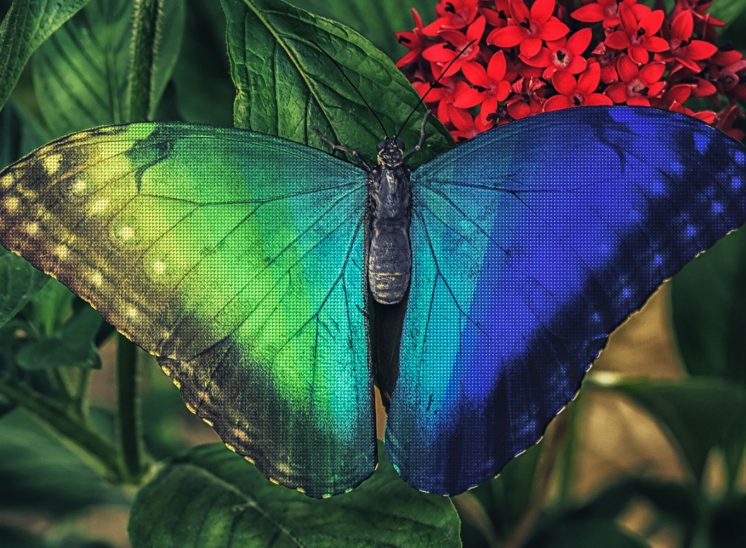VUHAN
Emerald Yuga
The VuHan were one of the great historic and social puzzles of the time: were you in front of a developed and complex civilization? Was it just the umpteenth case of decadence, due to the lack of energy sources and technology? Indeed, could one really speak of civilization?
Some scholars came to question the existence of any VuHan civilization, helped in this by the appearance of the VuHan themselves: tall humanoids with multi-colored short fur, decorated with hundreds of items of jewelry, belts and necklaces, often their only garment, surrounded by a swarm of insects, mammals and other unidentified living organisms, large and small. They talked, when they talked, uttering short almost incomprehensible phrases in a very simplified version of Soleano.
Gliders like this connected VuHan floating cities
Obsidian-and-Iron Yuga
The VuHan succeeded at first to slow the expansionist momentum of Akritai, then to consume their precious resources in a war of attrition and finally put them on the defensive.
They attacked only once and in a single star system, but in a way that did not leave any doubt for the Hegemony people: they could only surrender or die.
Their appearance on the interstellar scene greatly increased their reputation and curiosity of other cultures about them.
Another Horizon
A critical analysis of evolutionary VuHan choices and possible alternatives by Indiv Kai Ushur.
Turquoise Yuga
VuHan culture influenced most of the societies of the Trade Routes and was influenced by them. The role played in the recent conflict and the novelty of their civilization, so alien and yet so indisputably human, ensured that VuHan exert an enormous fascination on other humans. More than a few people became part of the Mosaic (according to an expression coined by the press at the time) and joined the VuHan.
Obviously the influence is felt in both directions. The contact with civilizations and cultures very different from their own triggered in most of them a strong desire to know the past, their own in particular and that of the Trade Routes in general.
"What is important, the real reason for our obsession with History, is the desire to find our roots. By studying the past we try to find ourselves, to reassure ourselves about our humanity." said once a famous VuHan historian.
Historical Perspectives and Genetic Patterns
A long, deep reflection on the ultimate fate of the VuHan civilization, both from a historical and biological point of view, by Teel Bahrati.
Divine principle
VuHan have no such a thing as an established religion and they all seem atheists at first sight. Actually, they do believe in life as divine principle, so they see presence of holiness in every living being.
VuHan
Characteristic young VuHan. The patterns on the body, a byproduct of chameleon fabric, actually moved and changed their position over and over again.
Landscape
Appearance of the Green Zone of the VuHan Biospheres. Temperature of the ground, due to the Mosaic, was high almost everywhere and this created a thick mantles of fog. Seldom were visibility conditions as good as in the image.
Weaver
Weavers were heirs of Bahrati disciples. They were all expert memetists and were the only VuHan allowed to contact new civilizations, in order to evaluate their impact on VuHan society.

